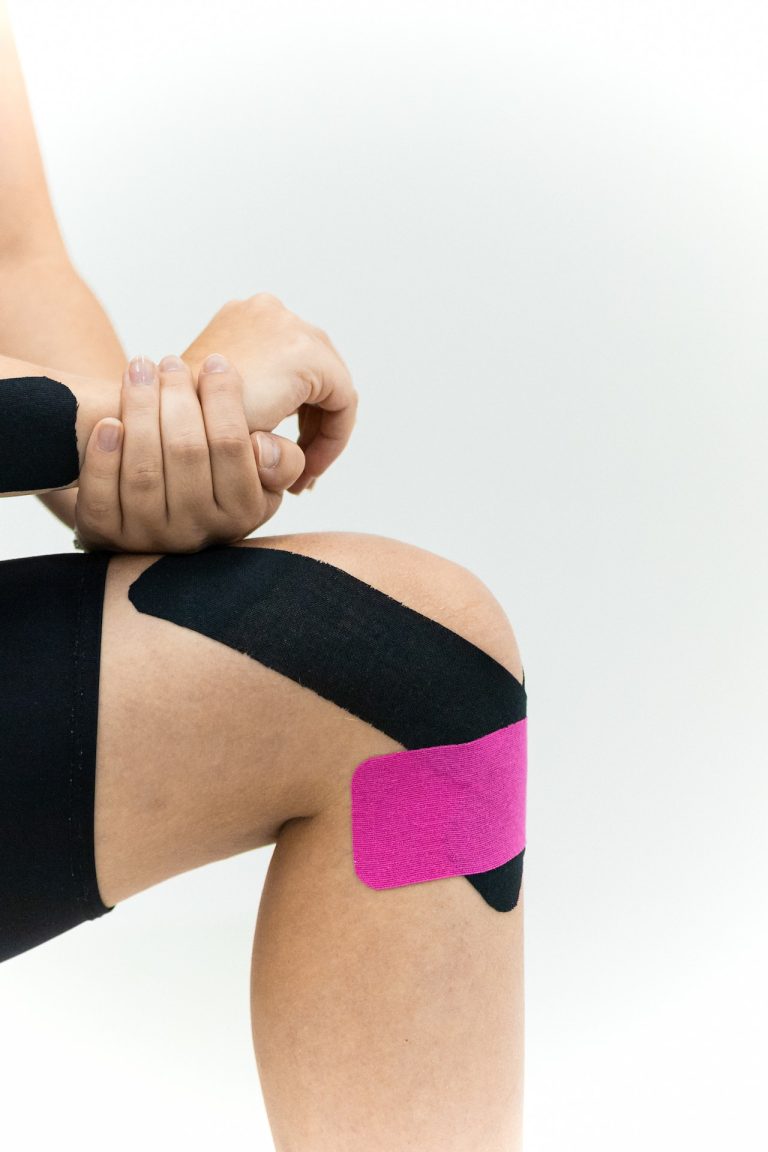When people are suffering from joint pains, the last thing they want to think about is exercise. Moving the body is painful and in most cases, the patient is suffering from low energy levels. However, research has shown that some activities are good for the body and it can actually bring relief to the aching joints. However, it is important to seek medical advice before attempting any form of exercise. Moderate activity especially the ones that includes weights, can be beneficial for people suffering from rheumatoid arthritis.
There are a number of benefits of exercising and some of them include:
Improving flexibility
While moving the joints may be painful or uncomfortable, failure to do so can lead to more discomfort. The joints stiffen due to lack of activity and in some cases; use of the joint can be lost permanently. Moving the joints helps to keep them flexible, relieving the stiffness.
Strengthening bones
Many people who suffer from conditions like arthritis use medication that can cause loss of bone density. The inflammations also cause bones to become brittle which makes them prone to fractures. Exercise strengthens the bones, which reduces the chances of getting fractures.
Stronger muscles
When you exercise, the muscles become stronger and they offer better protection and support for the joints. Lack of activity has the opposite effect and as the muscles become weak, they are unable to support the painful joints making any form of activity almost impossible.
Healthy heart
According to research, regular exercise is essential for a healthy heart. People with joint conditions like rheumatoid arthritis have a high risk of getting a heart attack. Exercise helps to strengthen the heart and improve overall physical health.
Increased function
Arthritis and other conditions that cause joint pain can affect an individual’s ability to function in daily life. Simple tasks that are essential for daily living become impossible due to the pain. With regular exercise, the functioning becomes better as the program helps to improve the performance of daily tasks.
Improved mental and emotional health
Exercise helps to improve the mental and emotional well-being of the patient. People living with joint pain often get depression due to the constant pain and the exercise helps to improve or boost the mood.
All in all, exercise is very beneficial for the human system, both in fit and unfit individuals. Regular exercise leads to better sleep, increased energy and even weight control. This leads to a positive lifestyle that does not revolve around the pain. While joint pain can be debilitating, research has shown that some individuals are better able to control the pain by not letting it control their life.
Best forms of exercise
An exercise program for someone suffering from joint pain should include aerobic, flexibility and strength training. It is important to have body awareness as an important component of the exercise program. Having a trainer who is highly experienced in dealing with joint problems is important too.
- Aerobic exercises – also called cardiovascular or endurance exercises, the program entails use of rhythmic activities that lead to the use of the large muscles. The exercises condition the heart and lungs, and have a number of benefits including stress reduction, strengthening of bones, and weight control among others.
- Flexibility exercises – they include stretches and other exercises that help to maintain the joints normal function. Gentle bending and straightening of the joints relaxes them, which helps to prevent joint injury. The exercises should also be part of everyday warm up for other workouts.
- Strengthening exercises – these activities involve the use of weights, or other forms of resistance like water, bands or gravity. The exercises make the muscles work hard, and they become stronger enabling them to support the fragile joints.
Before you start any exercise program, it is important to speak to a physical therapist or a doctor who can recommend exercises that are safe for you. Begin the program gradually and try not to over-exert yourself especially in the beginning. Having a well-planned program has many benefits but if you experience any increased pain, you should cut back on the exercise and consult your doctor. Note that other symptoms to look out for include increased swelling in the joints, reduced joint motion and increased fatigue.
James Hope is a health blogger who is passionate about fitness and enjoys playing soccer. He studies various physical disorders and shares views about hip joint replacement and physiotherapy.







